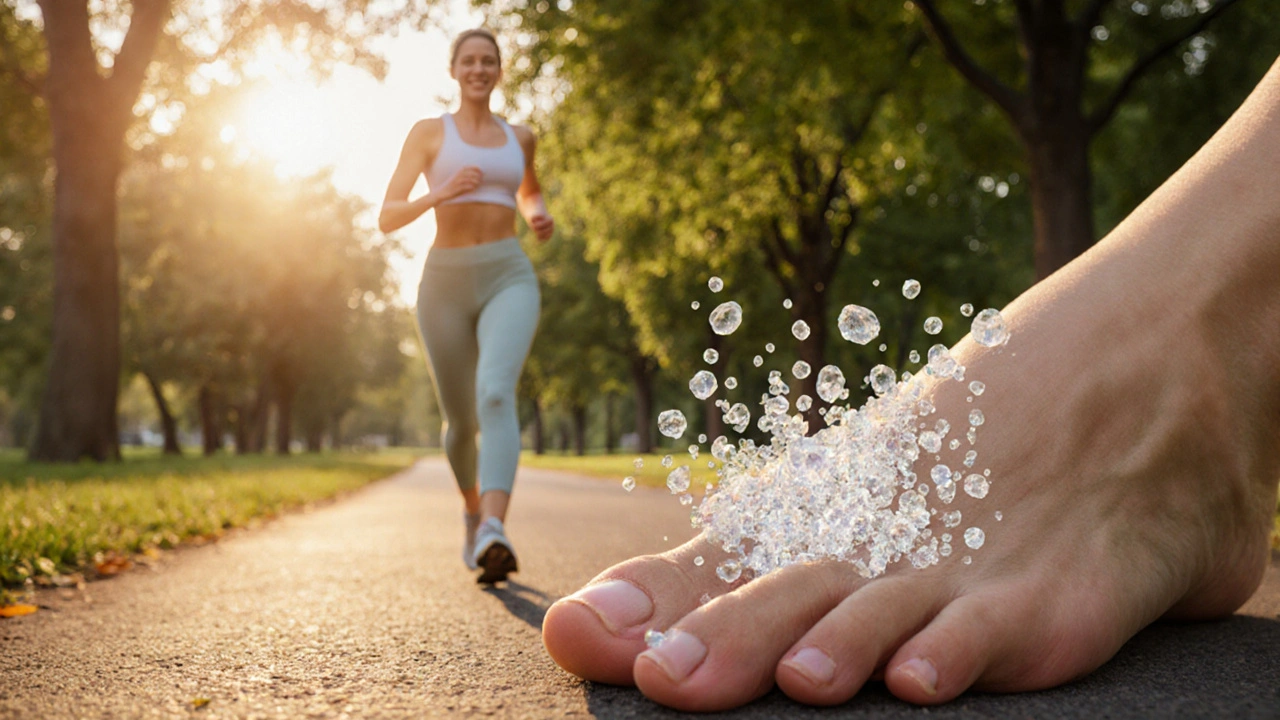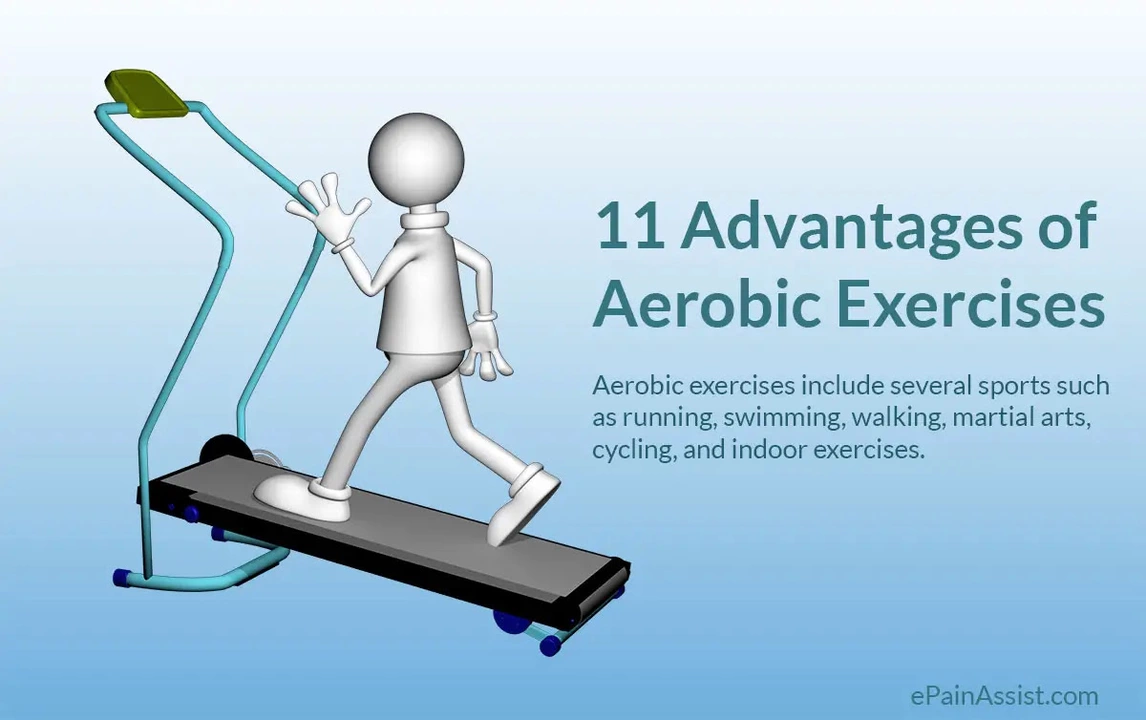Exercise That Fits Your Life: Simple, Useful, Real Results
You don’t need a gym membership or two hours a day to get the real benefits of exercise. Short, consistent sessions beat sporadic long workouts. Below are clear, practical tips and routines you can use right away, whether you're managing inflammation, trying to recover from a setback, or just want more energy.
How much and what kind of exercise
Aim for 150 minutes a week of moderate activity (brisk walking, cycling) or 75 minutes of vigorous activity (running, fast swimming). Add two strength sessions weekly for muscle and bone health. If that sounds like a lot, break it into 10–20 minute blocks—three 20-minute walks and two 15-minute strength sessions already move you forward.
Mix these three types: aerobic (cardio), strength (weights or bodyweight), and mobility (stretching, yoga). Cardio helps heart and mood. Strength protects joints and builds real function for daily life. Mobility keeps you moving without pain. For inflammation, low-impact cardio (walking, cycling, swimming) plus gentle strength work is usually best.
Quick, realistic routines you can do at home
Beginner 20-minute routine: 5 min warm-up (march in place, arm circles), 10 min circuit (squats x12, push-ups or knee push-ups x8, planks 20–30 sec, repeat), 5 min stretch. Do this 3 times a week.
Busy-day 10-minute booster: 1 min brisk march, 1 min squats, 1 min push-ups, 1 min lunges, 1 min plank, repeat. Short sessions like this raise your heart rate and help build consistency.
Inflammation-friendly workout: 30–40 min low-impact cardio (walk or bike) plus 2 sets of gentle resistance moves—glute bridges, band rows, wall squats. Finish with 5–10 minutes of slow stretching or foam rolling to reduce stiffness.
Progression matters: add 1–2 reps or 10–20 seconds per session, or add weight when moves feel easy. Track small wins—more reps, longer walks, less joint soreness—so you stay motivated.
Listen to your body. Mild soreness is normal; sharp pain is not. If pain or a chronic condition limits you, ask a doctor or physical therapist for a tailored plan. For hormonal or menstrual issues like amenorrhea, aim for moderate activity—excessive training can make symptoms worse.
Keep it simple: schedule workouts like any other appointment, pair movement with something you enjoy (podcast, music), and pick a habit you can stick to. Want more? Check our posts on anti-inflammatory strategies and lifestyle changes for practical ways exercise fits with diet, sleep, and meds.
Start small, be regular, and focus on moves that make daily life easier. That’s the kind of exercise that actually lasts.
Exercise and Gout: How Working Out Lowers Uric Acid Levels

Learn how regular exercise lowers uric acid, reduces gout flare‑ups, and fits into a comprehensive gout‑management plan. Get safe workout ideas, a weekly schedule, and key FAQs.
- October 12 2025
- Tony Newman
- 11 Comments
The Benefits of Regular Physical Activity for Chronic Idiopathic Constipation

As someone who has suffered from chronic idiopathic constipation, I can attest to the incredible benefits of regular physical activity. By engaging in consistent exercise, I've experienced improved bowel movements and overall digestive health. This is because physical activity stimulates our muscles, including those in our intestines, helping to move waste more effectively. I highly recommend incorporating exercise into your daily routine, as it not only alleviates constipation but also boosts your overall well-being. Remember, even simple activities like walking or stretching can make a significant difference in managing chronic idiopathic constipation.
- May 6 2023
- Tony Newman
- 10 Comments
